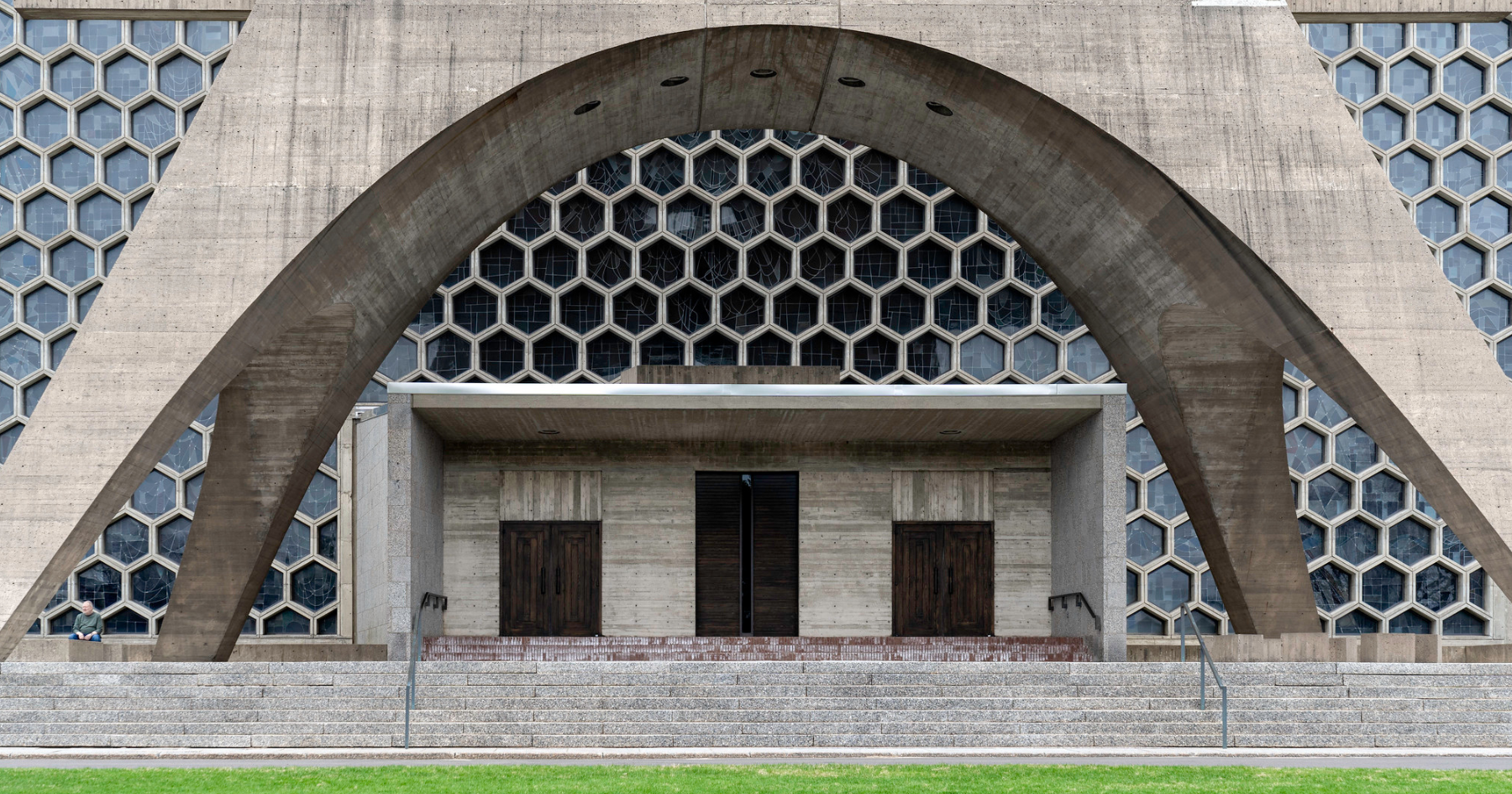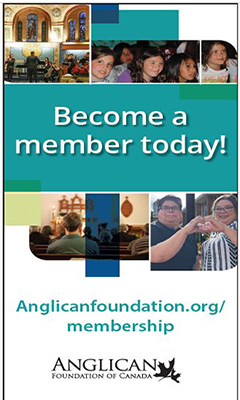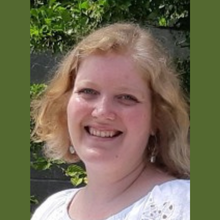In October 2024, and with the financial support of the Diocese’s Educational Trust Board, I attended the Universities Art Association of Canada (UAAC) conference at Western University in London, ON. I traveled with two professors and three graduate student colleagues from the department of art history and visual studies at the University of Victoria (UVic), where I am a PhD student.
The conference was my first national conference as an art historian, and I got to meet some of the scholars that inspire my writing and thought. I was starstruck, for instance, to meet Carla Taunton, whose chapter (with Leah Decter) on embodying decolonial methodology in Unsettling Canadian Art History has been a guiding light for me (you can see my review of it here).
Carla’s work introduced me to how I might, as a white settler Christian art historian, serve as an accomplice in decolonizing the GLAM sector. (GLAM, I learned, stands for Galleries, Libraries, Archives and Museums — pretty sexy for us nerds!) As a Jewish feminist scholar, Carla writes sensitively about how settlers can practice treaty in cultural work, which I’d say includes those doing church work!
Art history, you see, like the church, is deeply tied up with colonialism. But Indigenous and Canadian art historians are working to change this. During a wine-and-cheese reception, I witnessed two more esteemed art historians, who I had only met “on the page” until that evening, receive awards for lifetime achievement and contributions to (dare I say it?) diversity, equity and inclusion.
Charmaine Nelson, the lifetime achievement award recipient, was the first Black woman to hold a tenured position in art history in Canada. She is celebrated for her work on unearthing the visual culture of Canada’s 200+ years-long slave-owning period.
Heather Igloliorte, an Inuk-Newfoundlander and Nunatsiavut art historian, artist and curator, was recently appointed to the University of Victoria’s faculty of visual arts and has made major contributions to the fields of Indigenous and Canadian art history. She has led the way in centring Indigenous art, curatorship and meaning in the field of North American art history. It was an honor to meet these scholarly leaders that work to promote an ethic of deep care and collegiality in our little corner of academia.
I was presenting on a panel on 20th century ecclesial (church) art. My paper, entitled “Perplexing Juxtapositions: Brutalism in the Monastic Arts in Cascadia,” looked at a surprising trend in North American Benedictine monasteries of combining Medieval-style art with concrete, Modernist architecture. I focused on how one might look at church furnishings and architecture with a decolonial lens. I presented a model in which the art and artist are considered alongside the land on which the artworks might be found, and its colonial history.
I felt I took a risk in advocating for the use of the practice of examen as my scholarly model. Examen is an Ignatian spiritual practice of reflection in which one asks of their day, where am I experiencing abundance? And where is there desolation? As my spiritual directors have taught me, this practice expands one’s capacity to hold the celebration of accomplishment and the need for growth together — to honour blessings received and disappointed hopes as both true.
I was nervous presenting this idea because it would amount to outing myself as a practicing Christian in a highly secular academy, while advocating for a greater commitment to Truth and Reconciliation for my field of Christianity and the arts — two objectives that those with a narrow view of Christianity might assume are mutually exclusive. What I discovered at the conference, however, was a general enthusiasm towards explorations of art and spirituality.
Overall, my experience at the conference was one of being with a group of people who are deeply committed to telling and understanding stories across cultural differences; who advocate for the value of history and community; and who have committed their lives to studying human creativity. This vibrant group of people are working to shed light on visions of human flourishing in which connection and responsibility to one another are right at the centre of our art, our studies and all of our relationships.




